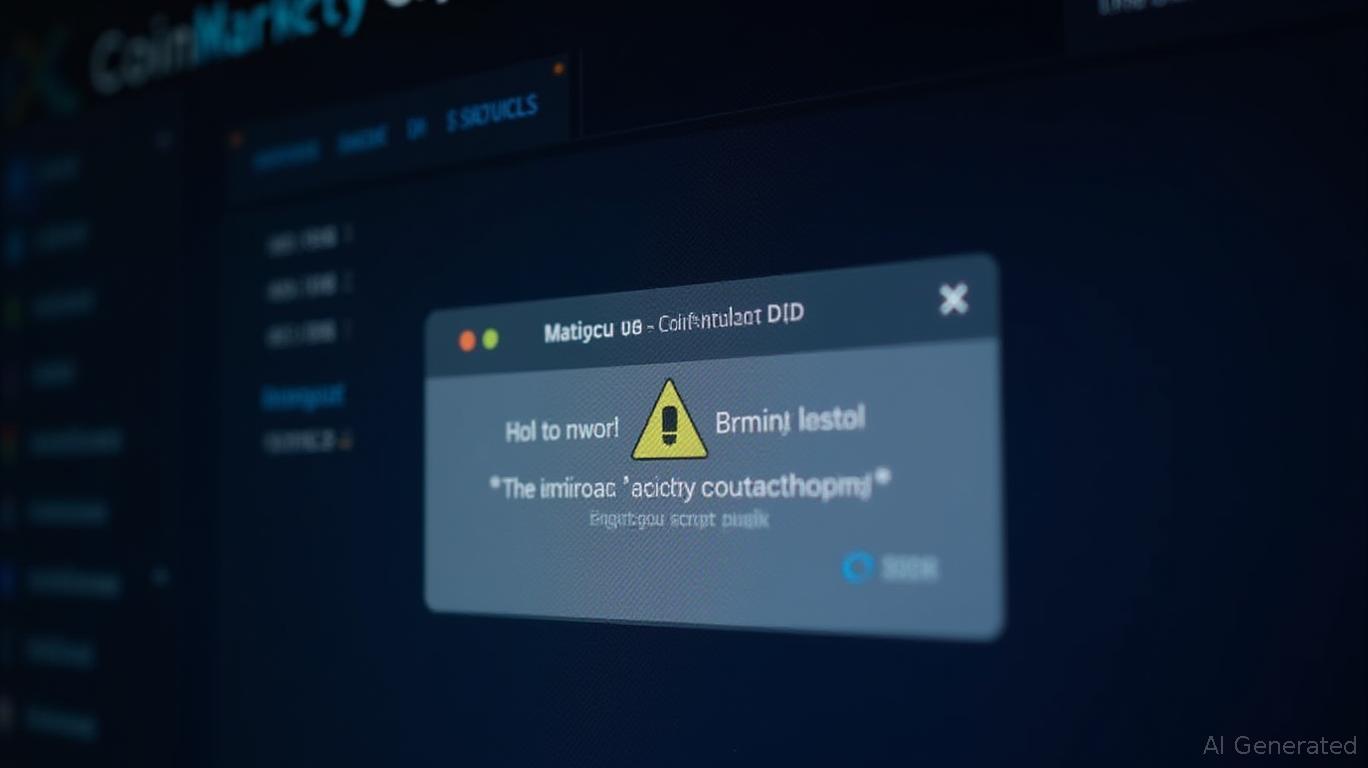CoinMarketCap Suffers Security Breach Due to Malicious JavaScript
On June 20, 2025, CoinMarketCap, a prominent data aggregator in the cryptocurrency space, encountered a significant security breach. The incident involved a fraudulent wallet verification pop-up that appeared on the platform's homepage, prompting users to verify their crypto wallets. This deceptive pop-up was the result of malicious JavaScript code embedded within a doodle image on the homepage, which was designed to mimic legitimate site functionality.
The breach was traced back to a compromised third-party service, likely an ad network, which injected unauthorized scripts into CoinMarketCap’s content delivery system. This highlights the vulnerabilities that can arise from third-party integrations, even for platforms with robust security infrastructures. CoinMarketCap swiftly responded by alerting users not to connect their wallets to the suspicious prompt and promptly removed all affected scripts. Enhanced security measures were also implemented to prevent similar incidents in the future.
This incident underscores the persistent security challenges faced by major crypto platforms. It serves as a critical reminder that third-party integrations can introduce vulnerabilities, necessitating continuous monitoring and rapid response protocols. Security experts recommend that users remain cautious by regularly reviewing wallet activity and avoiding connections to unknown decentralized applications or suspicious prompts.
Throughout 2025, the crypto sector has witnessed a surge in sophisticated attacks targeting platform vulnerabilities. CoinMarketCap’s swift handling of its breach highlights the importance of transparency and proactive security measures in maintaining user trust and platform integrity. While no user losses were reported in this incident, the event reinforces the necessity for both platforms and users to adopt stringent security practices. Continuous vigilance, rapid incident response, and transparent communication remain essential to safeguarding digital assets in an increasingly hostile environment.


Comments
No comments yet